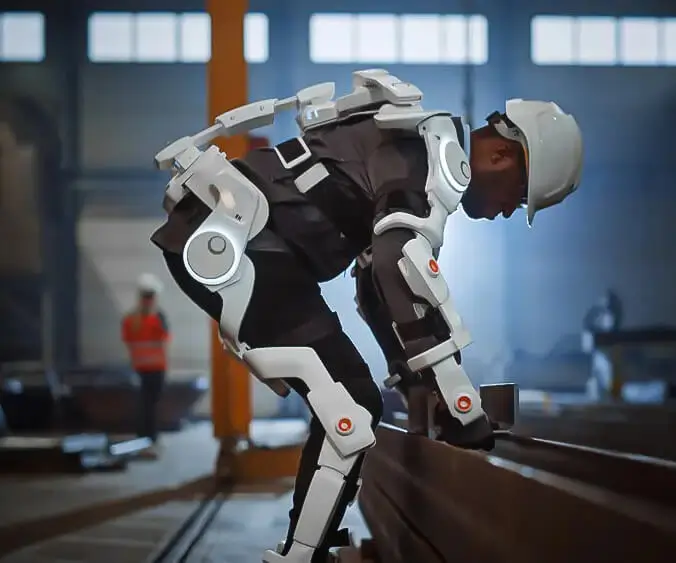Sure! Here's the first part of your soft article on "Arduino Uno Servo Motor Projects." Let's get started:

Unlocking the Potential of Arduino Uno and Servo Motors: Your Gateway to Creative Engineering
The world of DIY electronics is a playground of boundless innovation, and at the heart of many exciting projects lies the powerful duo of the Arduino Uno microcontroller and servo motors. Whether you're a curious beginner or an experienced maker, understanding how to harness these components opens doors to a universe of engaging, functional, and downright fun projects.
Why Choose Arduino Uno? The Arduino Uno is often hailed as the bread-and-butter of microcontroller boards. Its simplicity, affordability, and vast community support make it a favorite among hobbyists and professionals alike. It features an ATmega328P microcontroller, numerous input/output pins, and a user-friendly programming environment that makes prototype development straightforward. This ease of use accelerates the journey from concept to creation, especially when working with mechanical elements like servo motors.
Servo Motors: Precision in Motion Servo motors are specialized actuators designed to provide precise control over angular or linear position. Unlike regular motors that spin continuously, servos have built-in feedback mechanisms, allowing them to hold or move to specific positions with remarkable accuracy. This feature makes them ideal for robotics, automation, and interactive projects where controlled movement is essential.
Typical Features of Servo Motors:
Compact size with high torque capabilities Easy to control via PWM (Pulse Width Modulation) signals Precise positional feedback for repeatability Power requirements generally compatible with Arduino boards
Getting Started with Arduino Uno and Servo Motors Embarking on your projects begins with understanding how these components communicate. The Arduino Uno’s digital pins can generate PWM signals, which serve as commands for the servo motor’s position. A simple circuit involves connecting the servo's power and ground pins to the Arduino’s 5V and GND, respectively, and linking the control pin to a PWM-capable digital pin, such as pin 9.
Once wired, programming the Arduino involves using the Servo library, which simplifies controlling the servo's position. A basic sketch might involve setting the servo to rotate to a specified angle, then updating that angle in a loop to create movements.
Example of a Basic Servo Control Sketch:
#include Servo myServo; void setup() { myServo.attach(9); // attach the servo to digital pin 9 } void loop() { for (int angle = 0; angle <= 180; angle += 1) { myServo.write(angle); // tell servo to go to position in variable 'angle' delay(15); // waits 15 ms for the servo to reach the position } for (int angle = 180; angle >= 0; angle -= 1) { myServo.write(angle); delay(15); } }
This simple code makes the servo sweep back and forth, illustrating the fundamental capabilities of combining Arduino Uno with servo motors.
Exploring Beginner Projects to Spark Your Imagination Once you're comfortable controlling a servo, you can start experimenting with various projects:
Automated Door or Window Opener: Use a servo to gently open and close a small door or window based on timers or sensor inputs.
Robotic Arm: Build a basic robotic arm with multiple servos controlling different joints, enabling it to pick up and move objects.
Camera Gimbal: Stabilize or pan a camera mounted on a servo-driven platform for smooth footage or surveillance.
Interactive Art Installations: Create kinetic sculptures or art pieces that respond to sound, light, or user touch through servo movements.
Key Considerations in Servo Projects:
Power Supply: Some servos draw significant current, so a dedicated power source might be necessary rather than powering them directly from the Arduino's 5V pin. Mechanical Limitations: Always check the servo’s range of motion; forcing a servo beyond its limits can cause damage. Code Optimization: Use smooth acceleration profiles or incorporate feedback sensors for more advanced control.
By starting with basic projects, you not only learn how to program and wire components but also gain a tactile sense of how motion can bring your ideas to life. As your confidence builds, the complexity of your projects can grow — leading to intricate robots, automated devices, or artistic creations.
Transition to Advanced Projects and Custom Solutions This initial knowledge paves the way for developing more sophisticated systems. Incorporate sensors such as ultrasonic distance detectors, touch sensors, or even camera modules to create responsive and intelligent devices. With Arduino Uno's versatility and the precision of servo motors, your potential is almost limitless.
Stay tuned for the second part of this article, where we delve deeper into complex projects, troubleshooting tips, and innovative ideas that can elevate your Arduino + servo motor journey to new heights.
Leveraging innovations in modular drive technology, Kpower integrates high-performance motors, precision reducers, and multi-protocol control systems to provide efficient and customized smart drive system solutions.




































